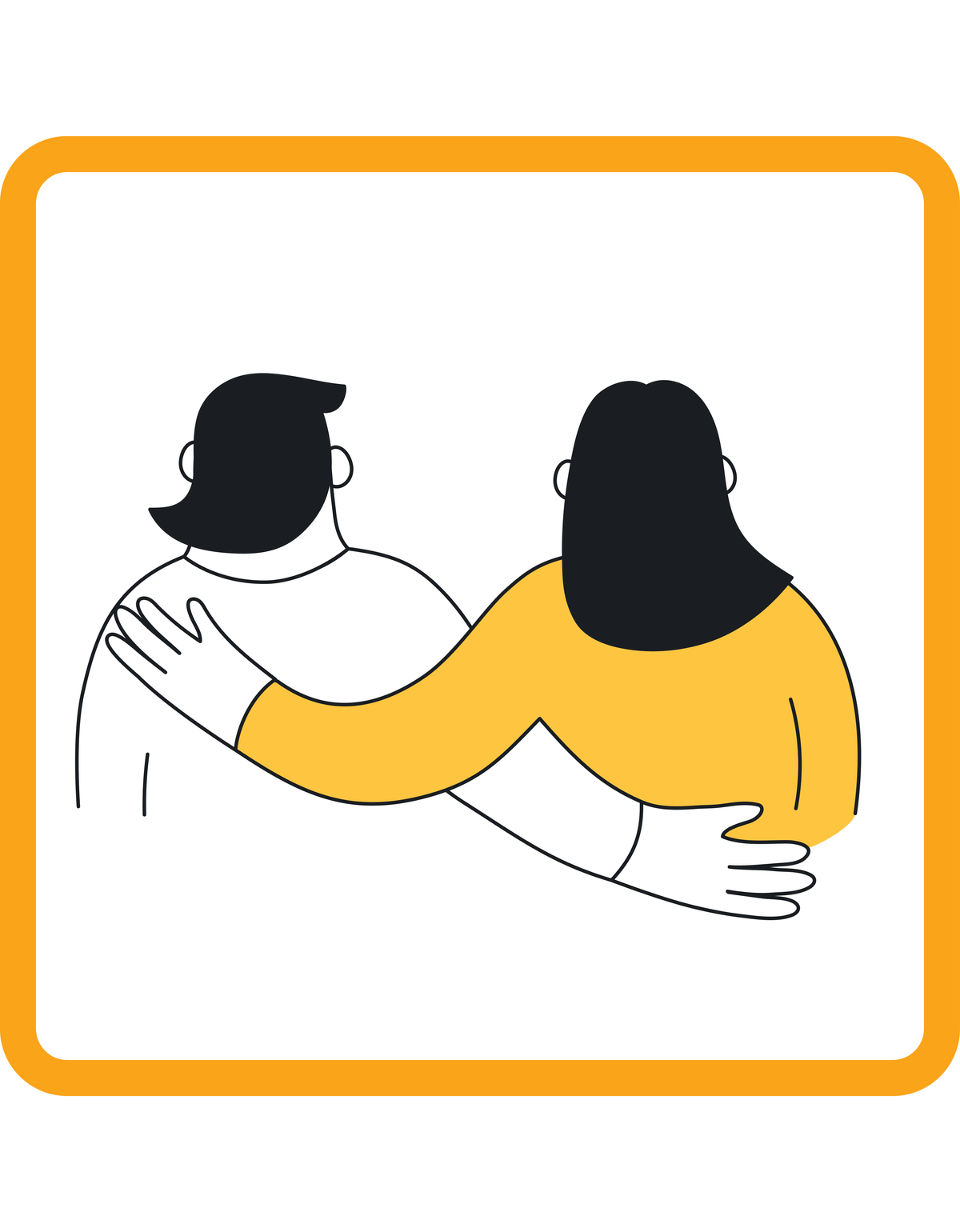How to spot them
Signature behaviours:
Rejects the new – Avoids AI tools, sticks to what’s manual and familiar.
Leads with intuition – Trusts gut feel and experience over data.
Asks the tough questions – Pushes back on ethics, reliability, and value.
Resists change – Slows or blocks AI-related projects and policies.
Defends human judgement – Believes AI can’t match real-world know-how.
What this means for you:
- They’re the keepers of quality and caution.
- They offer essential pushback, the kind that stops bad AI decisions.
- But left unmanaged, their scepticism can spread quietly and stall progress.
- Ignore their concerns and you risk a full team backlash.
The Challenges They Create
⚠️ Trust Gap – They don’t believe AI is reliable or built for their work.
⚠️ Change Fatigue – AI feels like another new thing in a long list of disruptions.
⚠️ Quiet Resistance – They won’t shout, but they’ll slow things down from the inside.
⚠️ Expertise Protection Mode – If AI feels like a threat, they’ll guard their methods even harder.
What to do
Channel their energy:
- Show how AI supports, not replaces, their judgement.
- Start with low-risk, familiar tasks to build comfort.
- Use co-creation, not top-down rollout. Bring them into decisions.
Align their impact:
- Link AI to improving quality, not just speed.
- Highlight how AI can free up their time to focus on what they do best.
- Frame AI as a craft-enhancer, not a cost-cutter.
Guide their influence:
- Give them a platform to ask smart questions, don’t shut them down.
- Help them become a mentor in blending tradition with innovation.
- Pair them with early adopters for balanced rollout energy.
What Success Looks Like
✔️ They contribute to AI plans, not just comment from the sidelines.
✔️ They champion AI use where it adds value to human expertise.
✔️ They model cautious optimism, helping others feel safe to try.
✔️ They preserve quality while adapting to new tools. The best of both worlds.
